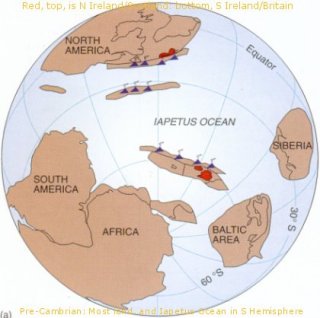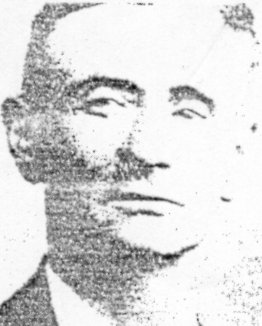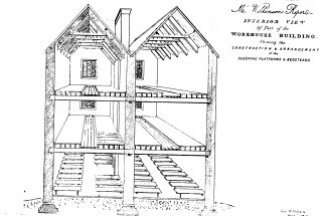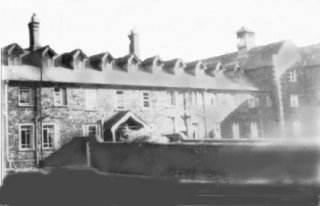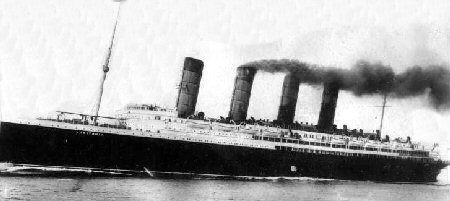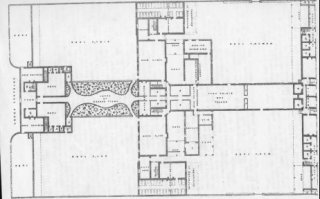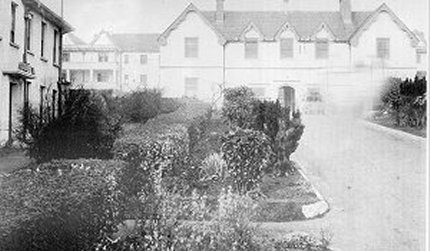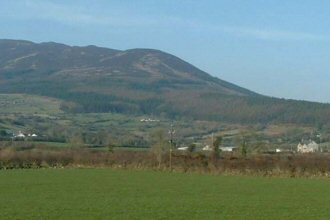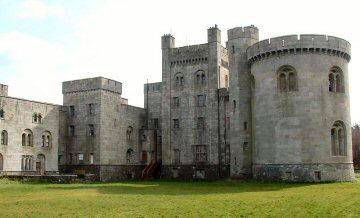The origin, nature and conditions required for the proliferation of life forms remains one of the great unsolved mysteries of science. One possibility receiving serious consideration is that the earliest life forms came to us from space – perhaps from a nearby planet like Mars (and hence the interest in the experiments on that planet of the Mars rover vehicle Spirit).
History
William F Cunningham
This site is dedicated to the men and women, living and deceased, who dedicated their lives to the cause of Newry’s poor and dispossessed. W.F.Cunningham rightly holds a special place among this illustrious few.
Workhouse 6
In January 1847 there were 111,000 people in Irish workhouses built to accommodate 100,000.
By 1851, a full five years after the Government had declared the Famine over and knighted Trevelyan for his efforts, there were 918 inmates in Newry Workhouse.
Distress in the West was worse.
Workhouse 8
Numbers gaining admission to Workhouses fluctuated over the decades of the second half of the nineteenth century according to several principal factors.
Chief among these was the outbreak of infectious diseases.
Crop failure, want, starvation and destitution and homelessness consequent upon peasants being driven from their miserable holdings featured high among the causes.
Part 9 is here …
Emigrants Lists
The following long lists are reproduced solely for the benefit of any Newry exile in search of the ship on which their forebears left Newry or Warrenpoint in the nineteenth century. The ships’ lists are neither representative nor exhaustive.
Workhouse 5
By the end of June 1849 the Master reported that during the last eighteen months 3,265 paupers had received one night’s lodging with supper and breakfast: also that 946 people remained (with relieving officers’ tickets) for the last nine months in the probationary wards, awaiting admission by the Guardians on Board day. It was resolved at the meeting of
If the aim was to clear the workhouse of these categories, it failed. By
Things changed over the next – some say, the last Great Hunger – year.
[Christine Kinealy, acclaimed authority, Fellow of Liverpool University and author of This Great Calamity {Gill & Macmillan 1994} and Great Hunger in Ireland {Pluto, 1997}] begs to differ and argues the emergency continued to 1852 at least].
Workhouse 4
Mr Forster, the first Clerk, died before the Workhouse opened and was replaced in 1840 by Mr Smith. His salary was increased in February 1843 from
Surgeon Savage was employed for three months from
Geology: United Ireland
One hundred million years [100,000,000 years] is a small step in geological time, barely enough for mountains to ‘fold’ or erode, or oceans to open/close. Yet it is possibly too great a time for the human mind to comprehend.
Fenians in Newtownhamilton
There was one recorded incident of the Fenian Rising in the Newtownhamilton area of South Armagh. This concerned a meeting held in a public house on Newry Street in 1867. The Fenian leader John Turley of Drumnahuncheon was there to administer the oath. It was appropriately a fair day.
